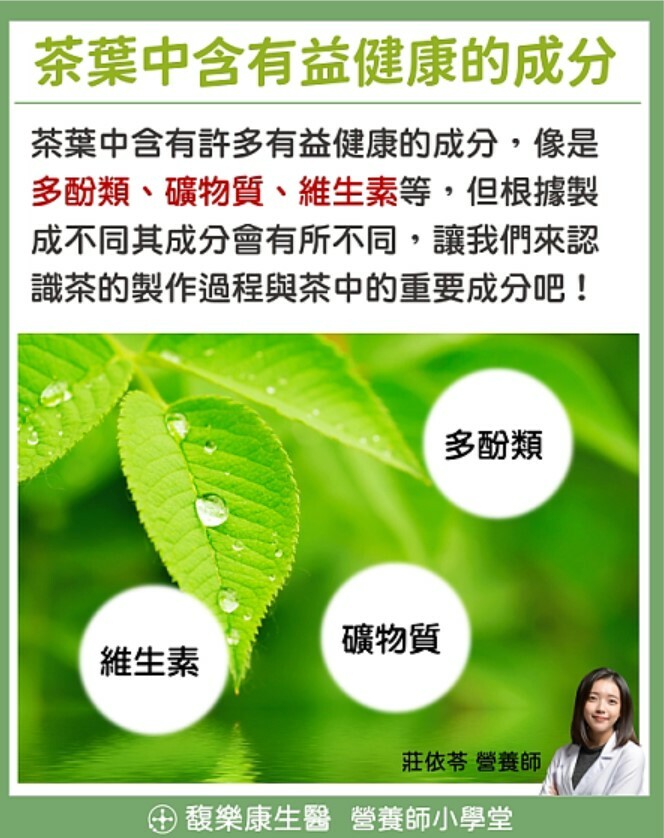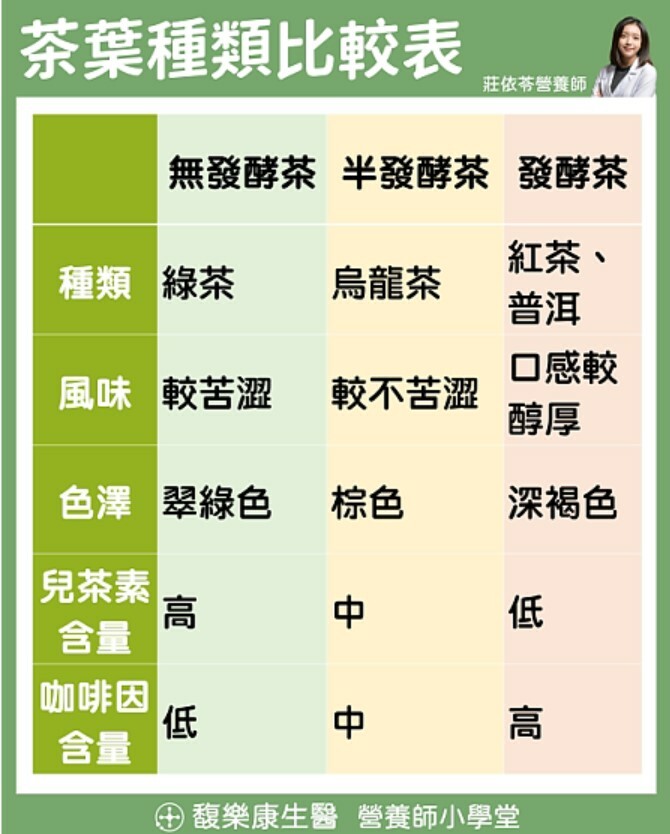


文獻來源
1. Ohishi, T., Goto, S., Monira, P., Isemura, M., & Nakamura, Y. (2016).Anti-inflammatory action of green tea. Anti-inflammatory & Anti-allergyAgents in Medicinal Chemistry, 15(2), 74-90.
2. Rains, T. M.,Agarwal, S., & Maki, K. C. (2011). Antiobesity effects of green teacatechins: A mechanistic review. Journal of Nutritional Biochemistry, 22(1),1-7.
3. Guest, N. S.,VanDusseldorp, T. A., Nelson, M. T., Grgic, J., Schoenfeld, B. J., Jenkins, N.D. M., Arent, S. M., Antonio, J., Stout, J. R., Trexler, E. T., Smith-Ryan, A.E., Goldstein, E. R., Kalman, D. S., & Campbell, B. I. (2021).International Society of Sports Nutrition position stand: Caffeine and exerciseperformance. Journal of the International Society of Sports Nutrition, 18(1),1.
4. McLellan,T. M., Caldwell, J. A., & Lieberman, H. R. (2016). A review of caffeine'seffects on cognitive, physical and occupational performance. Neuroscience& Biobehavioral Reviews, 71, 294-312.
5. White,D. J., de Klerk, S., Woods, W., Gondalia, S., Noonan, C., & Scholey, A. B.(2016). Anti-stress, behavioural and magnetoencephalography effects of anL-theanine-based nutrient drink: A randomised, double-blind,placebo-controlled, crossover trial. Nutrients, 8(1), 53.








